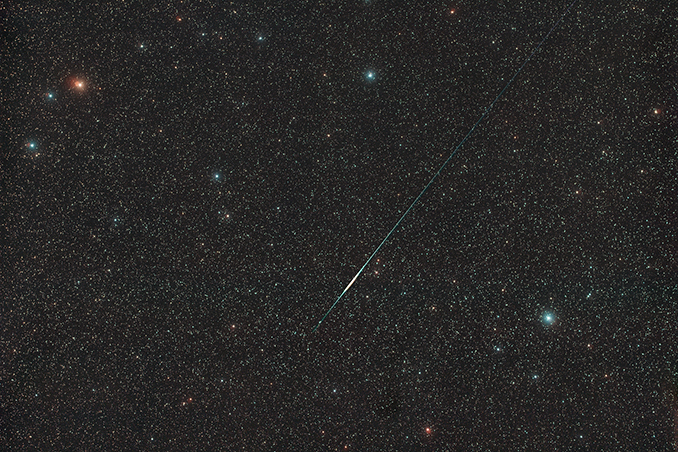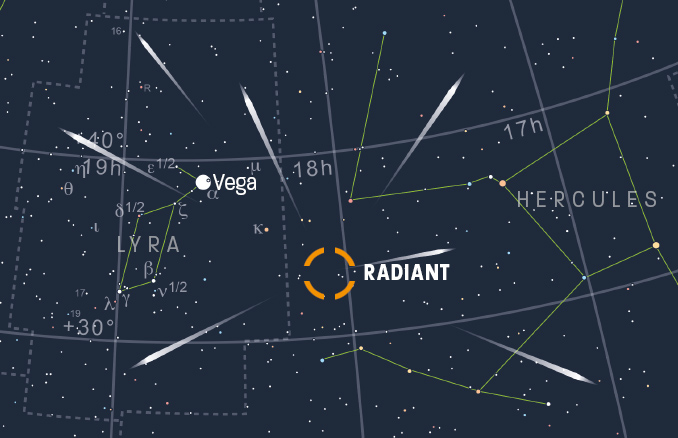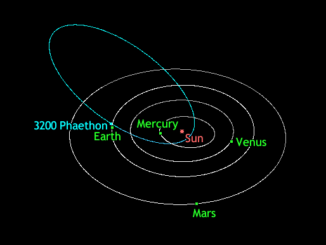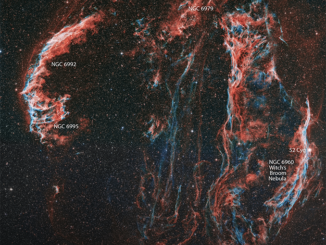
The April Lyrids meteor shower makes its very welcome annual return this week, as always breaking the roughly 15-week hiatus since the maximum of the past significant shower, the Quadrantids back in January. This year’s Lyrid show is predicted to reach its peak in the early morning hours of 23 April, which corresponds nicely with a favourable Moon phase; our satellite is well out of the way as it’s new in the small hours of 20 April.
Though the Lyrids are evaluated just a medium-strength shower, with rates of observed meteor lagging some way behind the major showers of the year such as August’s Perseids and December’s Geminids, given a clear and transparent night shooting-star enthusiasts can expect to catch its ‘normal’ quota of around 10 meteors an hour. The Lyrids are active between 14 to 30 April and observed maximum ratesofLyridsremain respectableforthreedayscentredaroundtheirpredictedpeak, allowingforadditionalmeteorwatches.
Lyrid meteors appear to emanate from the direction of Lyra’s brilliant star Vega, hence the shower’s name. However, the shower’s radiant, (thepoint in the skyto which the meteors’ paths can be traced back), lies just inside neighbouring Hercules’ territory (RA 18h 07m, Dec +33.1°).

By 11pm BST, the radiant has climbed to an elevation of 25° in the east-northeastern sky, a far-from-ideal altitude as potential Lyrid activity will occur below the horizon. By waiting until the radiant is higher in the sky you’ll see more shooting stars, and it will be easier to track their paths across the sky to confirm whether it was a Lyrid or merely a sporadic. When looking for meteors, rather than peering intently directly at the radiant look some 30 or 40 degrees away, where the meteors will appear brighter (this advice holds for all meteor showers).
To give yourself the best opportunity to see meteors your best bet is to wait until after 1am, to give the radiant more time to climb in the eastern sky.
However long you intend to look for meteors you should dress appropriately for potential cold weather; April nights have so far been very chilly. Wear layers of warm clothing, including a wooly hat and a pair of gloves if necessary. Also have a hot drink and a couple of snacks to hand to keep you going. Get comfortably sitting in a reclining chair and try become fully dark adapted (for at least 15–20 minutes) before starting a watch and use only a red torch for illumination.
Lyrid meteors are minute debris left behind along its orbit by long-period comet C/1861 G1 (Thatcher), which last appeared in the inner Solar System at the time of its discovery (it’s not expected to return again until 2283). Tiny particles enter Earth’s upper atmosphere and are vaporised, producing streaks of light called meteors. Lyrids are medium-speedmeteors (~48 kilometres per second).




